Visitor Information
Direct your questions to Visit Quad Cities (563.322.3911).
- NOTE: See the Quad Cities overview for more information on tourism centers, festivals, and getting around the region.
History
European settlement in Pleasant Valley began when Roswell Spencer built a log cabin in 1833. The following winter, the family of J.B. Chamberlin moved into the very same cabin and stuck around long enough to be considered Pleasant Valley’s first permanent settlers. In 1840, the town tried to ensure its future relevance by bidding for the county seat, but, unfortunately for Pleasant Valley, they lost to Davenport. In 1856, Spencer, now a permanent resident, platted the village of Pleasant Valley, first calling it Valley City. In subsequent years he built a sawmill, a frame house, and a grist mill. Stones from the grist mill were used to build Trinity Lutheran Church, and the church later became the post office—the only one in the United States that is housed in a former church, for what it’s worth. In spite of the village’s early promise, growth was minimal and the town has never incorporated.
For much of its existence, Pleasant Valley was marked by a distinctive aroma—onions. In the 1850s, Captain Isaac Hawley planted the first crop. By 1858, several others had joined him and a robust onion farming industry had taken root. Henry Schutter arrived in 1856 and eventually became the most successful farmer of the bunch, managing hundreds of acres and earning the nickname The Onion King. The Pleasant Valley onion farmers were “organic” before organic was cool. They used homegrown seeds and developed their own varieties; weeds were picked by hand instead of being controlled with herbicides; farmers enriched their soil with manure instead of chemical fertilizers; onions were harvested manually instead of by machine. Onion farming lasted for generations, but a 1927 infestation of Yellow Dwarf virus led to a slow decline in the industry, as many farmers switched to other crops or moved out of the area. Even as the industry was waning, onion farming was an important safety net for many area families during the Depression. In the late 1990s, Stanley Schutter, the great grandson of The Onion King, retired, closing the last remaining onion farm in the area.
Exploring the Area
Parks Along the River
Lock and Dam 14 Recreation Area (182nd St.; 309.794.4524) is just north of the village; it has a boat ramp, picnic tables, and two hiking trails. There is a rustic trail along the river that is accessed by the boat ramp, but a more interesting hike is the one-and-a-half mile trail on Smith Island. To reach the picnic tables and Smith Island, you get to walk across the top of a lock gate, in this case the auxiliary lock gate. Cool.
**Want to know more about other Mississippi River communities? Check out Road Tripping Along the Great River Road, Vol. 1. Click the link above for more. Disclosure: This website may be compensated for linking to other sites or for sales of products we link to.
Resources
- Post Office: 24621 Valley Drive; 563.332.6232.
Community-supported writing
If you like the content at the Mississippi Valley Traveler, please consider showing your support by making a one-time contribution or by subscribing through Patreon. Book sales don’t fully cover my costs, and I don’t have deep corporate pockets bankrolling my work. I’m a freelance writer bringing you stories about life along the Mississippi River. I need your help to keep this going. Every dollar you contribute makes it possible for me to continue sharing stories about America’s Greatest River!
©Dean Klinkenberg, 2009,2019
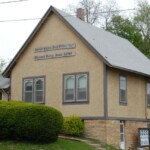
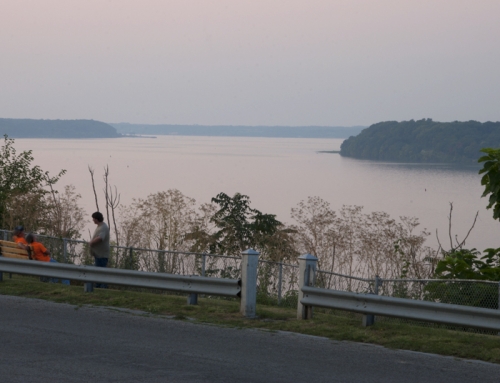
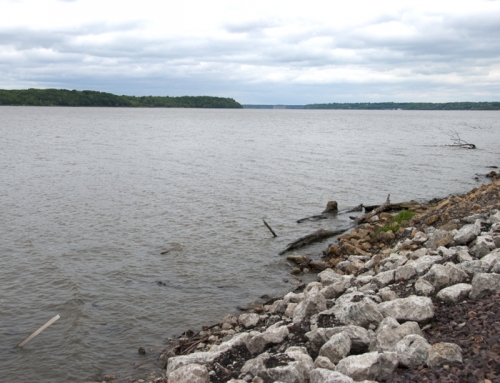
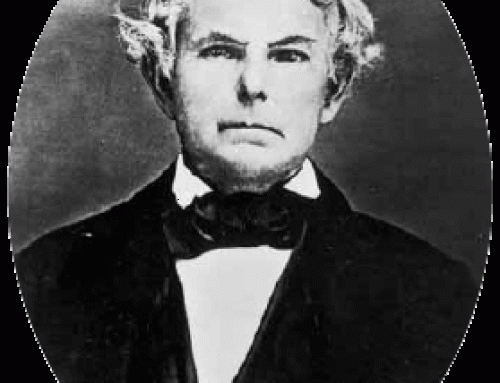
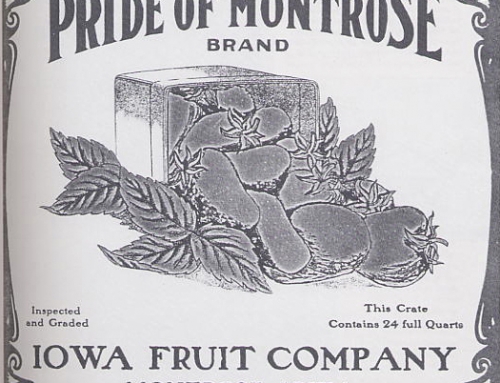
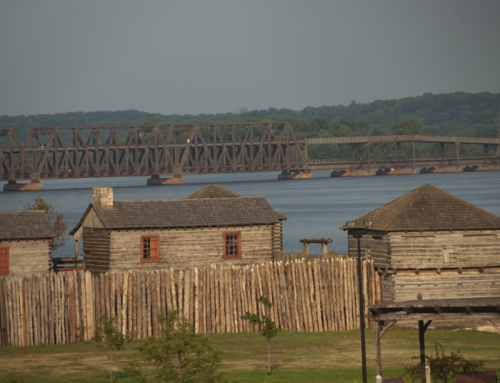
My mother was born in Pleasant Valley in 1914. Her parents were Frank Avant and Katie Lee Fleming Avant. I can find no info on Katie’parents or family.
Hi, Ken. Thanks for reading my post about Pleasant Valley; I’m glad you enjoyed it. I looked through my collection of old photos and didn’t find any from Pleasant Valley but I do remember seeing some when I was doing my research. I think the Davenport Public Library would be a good place to start, specifically the archives section in the lower level. They were very good at helping me find the right materials for my research. Let me know how it goes.
Dean
i enjoyed your artical of pleasant valley and stan schutter.i worked as a young man for stan in the late 70s and am looking for old photos if any can b found, maybe you have an idea that could help. thanks